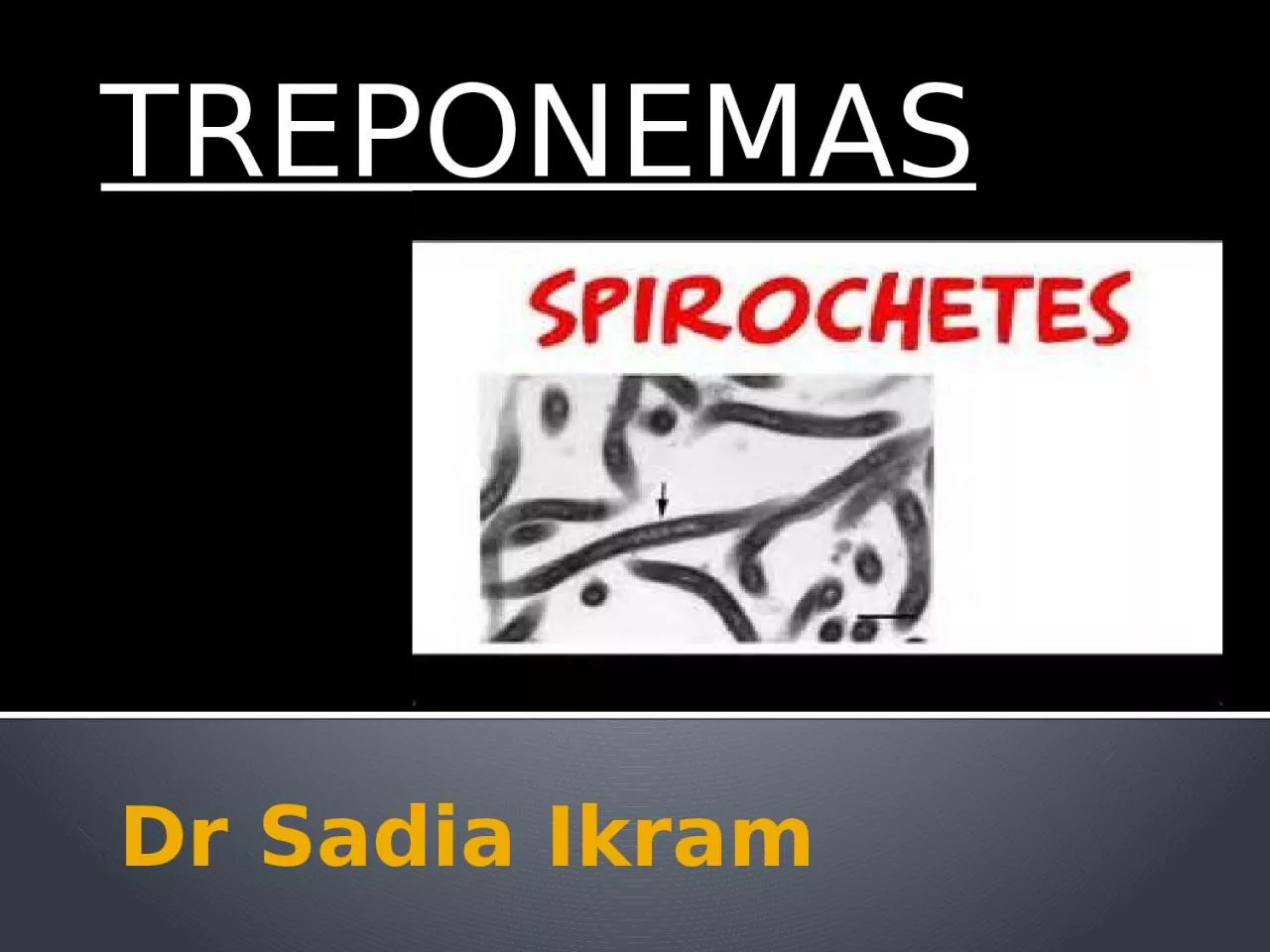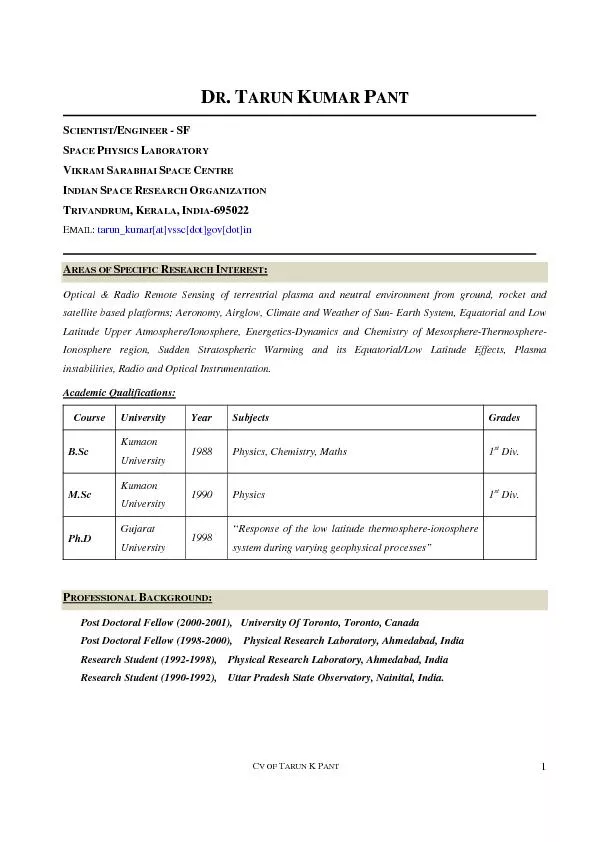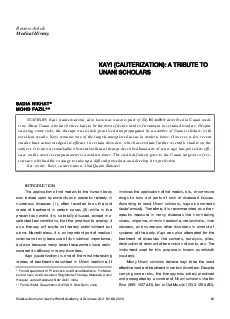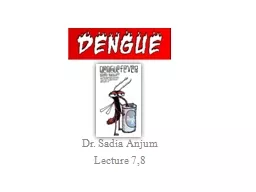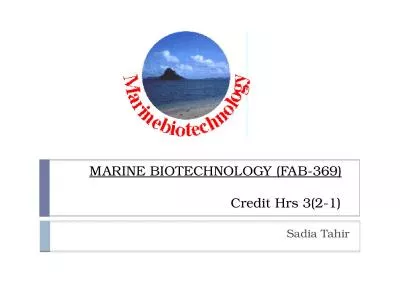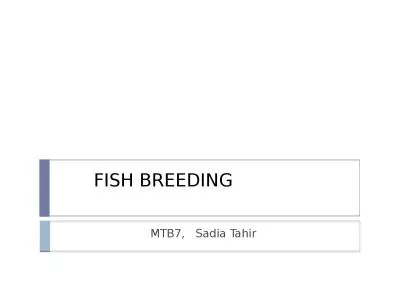PPT-Dr Sadia Ikram TREPONEMAS
Author : arya | Published Date : 2024-03-15
Classification of Medically Important Bacteria Based on wall thickness Nonfreeliving obligate intracellular parasites Rigid thick walled bacteria Flexible thin
Presentation Embed Code
Download Presentation
Download Presentation The PPT/PDF document "Dr Sadia Ikram TREPONEMAS" is the property of its rightful owner. Permission is granted to download and print the materials on this website for personal, non-commercial use only, and to display it on your personal computer provided you do not modify the materials and that you retain all copyright notices contained in the materials. By downloading content from our website, you accept the terms of this agreement.
Dr Sadia Ikram TREPONEMAS: Transcript
Download Rules Of Document
"Dr Sadia Ikram TREPONEMAS"The content belongs to its owner. You may download and print it for personal use, without modification, and keep all copyright notices. By downloading, you agree to these terms.
Related Documents

